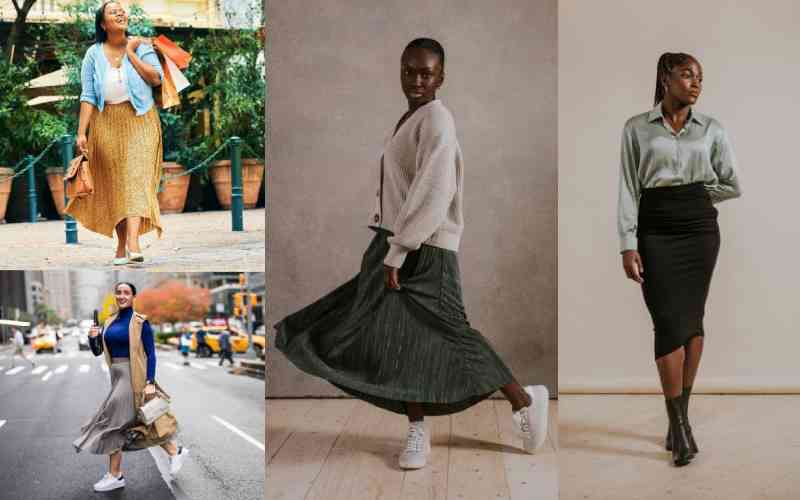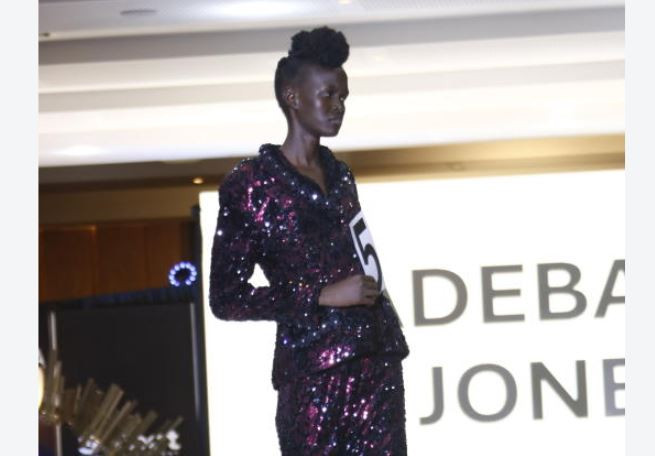
The corporate landscape is looking more casual than ever, thanks to the infiltration of sneakers. Once considered too informal for office attire, sneakers are common in workplaces across industries.
This represents a dramatic shift in corporate dress codes. Studies show over 50 per cent of offices now allow sneakers, with the numbers growing annually.
Sneakers rise in the corporate world mirrors their ascent in mainstream fashion. Their popularity boomed as sports shoes evolved from purely athletic functions into coveted style symbols.
Buoyed by Nike, Adidas and Converse brands, sneakers became daily wardrobe staples.
Younger professionals especially prize sneakers for their comfort and self-expression. With designer collaborations and limited editions fetching high resale prices, they became symbols of status and identity. As Millennials and Gen Z entered offices, their affinity for sneakers followed.
But the ubiquity of workplace sneakers involves more than fashion. Advocates argue they encourage creativity, productivity and health by allowing movement.
With remote and hybrid work on the rise, corporate attire overall is shifting towards flexibility and comfort.
Also, health-wise sneakers are typically made of breathable materials like mesh or synthetic fabrics, which allow air circulation and prevent excessive sweating and odour.
- Returning to work after maternity leave
- Teach your children good values at an early age
- Keeping your children busy over the holidays
- Safely include your children in the kitchen with these tips
Keep Reading
Compared to normal go-to office wear doll shoes, sneakers have built-in arch support or removable insoles that help maintain proper foot alignment and reduce the risk of foot fatigue or pain.
The corporate landscape has undergone a dramatic shift in recent years, with the infiltration of sneakers into the workplace. Once considered too informal for office attire, sneakers have now become a common sight across industries.
This shift is a reflection of the changing attitudes towards workplace dress codes. Studies show that over 50 per cent of offices now allow sneakers, and the numbers are growing annually. This trend mirrors the broader ascent of sneakers in mainstream fashion.
The rise of sneakers in the corporate world can be attributed to their evolution from purely athletic functions into coveted style symbols. Brands like Nike, Adidas, and Converse have played a significant role in this transformation, making sneakers a daily wardrobe staple.
Younger professionals, in particular, have embraced the trend, of valuing sneakers for their comfort and self-expression. The availability of designer collaborations and limited editions has further fueled the demand, with sneakers becoming symbols of status and identity. As Millennials and Gen Z have entered the workforce, their affinity for sneakers has followed them into the office.
However, the ubiquity of workplace sneakers involves more than just fashion. Advocates argue that they encourage creativity, productivity, and health by allowing for greater movement and flexibility.
With the rise of remote and hybrid work, corporate attire overall is shifting towards comfort and practicality.
From a health perspective, sneakers are typically made of breathable materials like mesh or synthetic fabrics, which allow for better air circulation and prevent excessive sweating and odour.
Additionally, the built-in arch support or removable insoles found in many sneakers help maintain proper foot alignment and reduce the risk of foot fatigue or pain, which can be a common issue with traditional office shoes.
As the corporate landscape continues to evolve, the presence of sneakers in the workplace is likely to become even more widespread.
This trend not only reflects the changing attitudes towards workplace dress codes but also highlights the growing importance of employee well-being and comfort in the modern work environment.
 The Standard Group Plc is a multi-media organization with investments in media platforms spanning newspaper print
operations, television, radio broadcasting, digital and online services. The Standard Group is recognized as a
leading multi-media house in Kenya with a key influence in matters of national and international interest.
The Standard Group Plc is a multi-media organization with investments in media platforms spanning newspaper print
operations, television, radio broadcasting, digital and online services. The Standard Group is recognized as a
leading multi-media house in Kenya with a key influence in matters of national and international interest.










